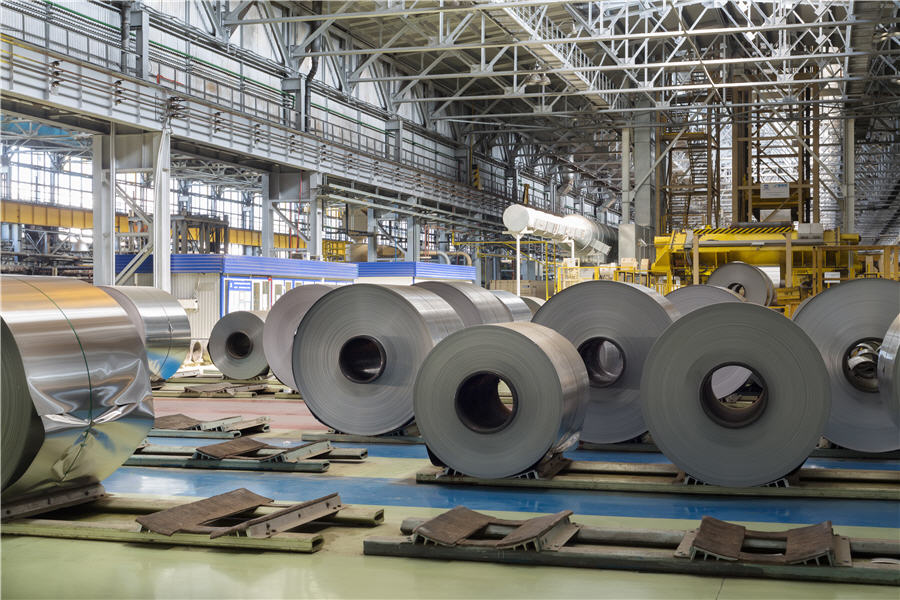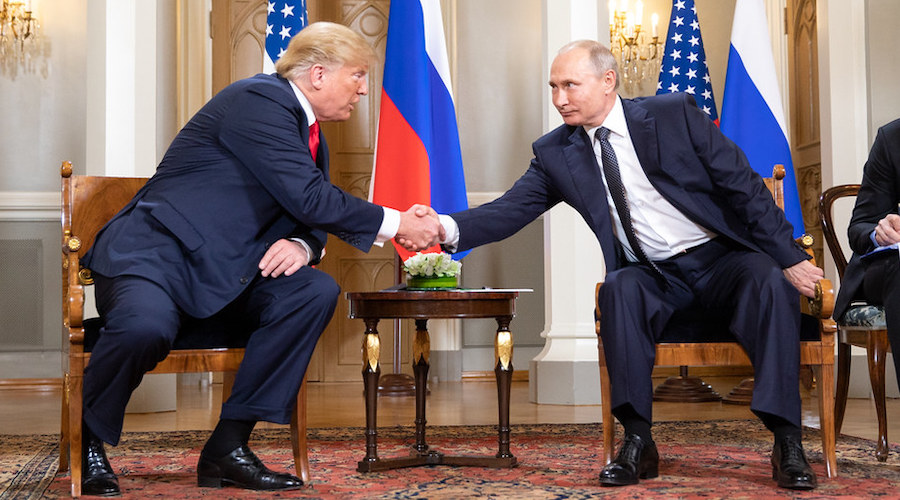Home: Shanghai aluminum soars as China’s production stalls

(The opinions expressed here are those of the author, Andy Home, a columnist for Reuters.)
Shanghai aluminum prices last week hit their highest since 2010 as the Chinese market gears up for a seasonal demand peak.
The Shanghai Futures Exchange (ShFE) aluminum contract continues to outperform international prices amid high volumes and open interest with no sign that anyone is being scared off by the increasingly strident official warnings about speculative heat in the country’s commodity markets.
The London Metal Exchange (LME) three-month aluminum price has also been on an upwards charge, hitting a fresh year-to-date high of $2,369.50 on Wednesday, but is still some way off its 2018 peak of $2,718 per tonne.
At any time in the last decade China’s massive smelter sector would have responded to the price incentive by bringing a couple of million tonnes of production capacity on line.
However, this time things might be different, which is why the Shanghai aluminum market is bubbling.
Muted production response
Chinese production has indeed responded to the higher prices, national output rising by 6.4% in the first quarter, according to the International Aluminum Institute.
However, the year-on-year rise is coming off a low base. China’s aluminum output fell in 2019 due to low prices – the first year of decline this century – and was only just starting to recover this time last year.
Average daily production in China rose by only a marginal 0.3% over the first three months of 2020, equivalent to an annualised 118,000 tonnes, and actually fell in March even as domestic prices were surging higher, according to the Institute. The official figures from the National Bureau of Statistics generate slightly different production numbers but capture the same trend.
New capacity has indeed been activated, some 500,000 tonnes of it, according to Wan Ling, aluminum analyst at the CRU research house.
Production rates over the next few months will tell whether China’s many aluminum bulls are right
But the impact is being offset by mandated closures of operating lines in Inner Mongolia, one of several provinces to fail Beijing’s energy efficiency targets.
Consultancy AZ China estimates 280,000 tonnes of annual aluminum capacity across seven smelters has been shut due to the energy curbs.
How long the capacity remains shuttered is uncertain. Provinces have to meet quarterly energy efficiency targets and Inner Mongolia with its huge metals production sector might be suffering from an unfavourable year-on-year comparison base given China’s covid-19 hit took place in the first part of 2020.
That said, the onus may now be on the smelters to prove they have upgraded energy efficiency sufficiently to be allowed to reactivate the idled pots.
The uncertainty is itself a new phenomenon in a sector that has grown exponentially this century to account for around 57% of global aluminum production.
But the build-out of new capacity is slowing as the country moves closer to the national 45-million tonne capacity cap and, as Inner Mongolia is showing, some smelters are now struggling to keep capacity open as energy and emissions compliance is steadily tightened.
Similar moves are taking place in the steel sector, another energy-hungry industry that is high on the government’s environmental to-do list.
Reports of mandated steel cuts in production hubs such as Tangshan and Handan reinforce the sense of a new emerging narrative in China’s industrial sector. Policymakers are starting to lay the ground-work for decarbonising two massively carbon-intensive production sectors.
The mandated cuts in Inner Mongolia are the first tangible sign of this shift in policy, a pointer as to what may be store for an aluminum smelter sector that is still hugely dependent on coal-generated power.
Still importing
In the short term China’s producers are clearly struggling to meet domestic demand with a stuttering supply response compounded by rail delays affecting the movement of metal from smelters in the northwest of the country.
Physical tightness in eastern provinces is reflected in the ShFE forward curve, which is backwardated through November.
Equally significantly, China continues to import significant amounts of primary metal and alloy.
The world’s largest producer starting buying extra metal in the second quarter of last year and it continues to do so.
March imports of unwrought aluminum and products were 206,556 tonnes, marking a re-acceleration of inbound flows. Cumulative first-quarter imports were 661,517 tonnes, up 118.8% from the same period in 2020.
The arbitrage between Shanghai and London is flickering in and out of import-friendly levels, a pattern that looks set to persist as long as Chinese exuberance lasts.
So far official threats to clamp down on speculation or even to release some of the state’s aluminum stockpiles have failed to dispel animal spirits. Market open interest on the Shanghai aluminum contract hit a record 553,844 contracts last week and has pulled back only marginally to a current 526,589 contracts.
The collective betting seems to be that domestic supply will continue to lag demand into what is a seasonally strong period for end-use sectors such as construction.
Production rates over the next few months will tell whether China’s many aluminum bulls are right.
More importantly, they’ll determine just how quickly the global aluminum market needs to adjust to China’s new-found determination to prepare for decarbonisation.
(Editing by David Evans)
More News
{{ commodity.name }}
{{ post.title }}
{{ post.date }}



Comments